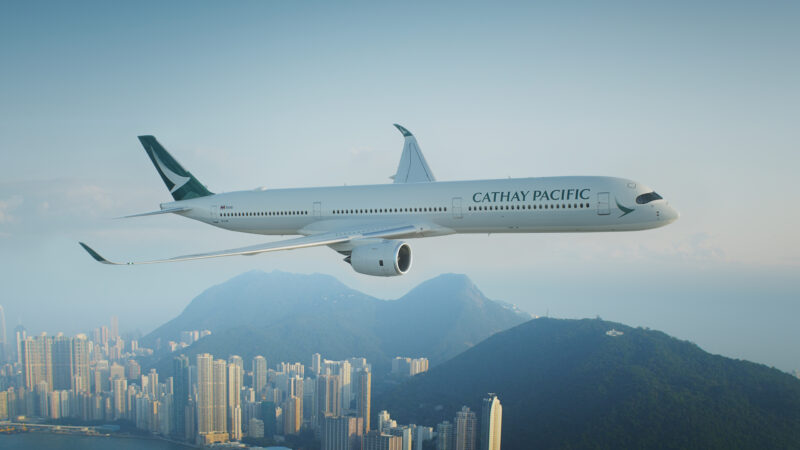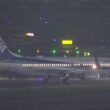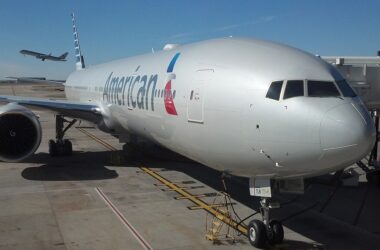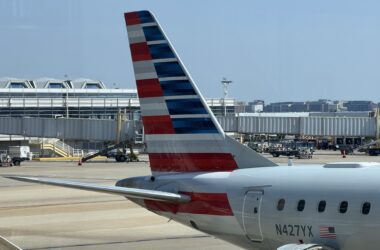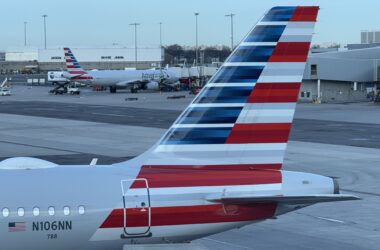The United States Department of Transportation (DOT) plans to place a ban on Chinese carriers from flying over Russian Airspace on flights to and from US airports.
Following the beginning of the Ukraine War in early 2022, the US and Russia placed bans on each other’s carriers from transiting through each other’s airspace. The Siberian flight corridor is one of the most valuable airspaces in the world, previously with plenty of transpacific traffic daily.
With US airlines out of Russia, this has left certain carriers, including those based in China, with an advantage. Chinese airlines still fly over Russian airspace on several of their US routes, shaving off valuable time, fuel, and total costs compared to others who have to take the longer route.
The DOT proposal looks to level this “competitive disparity” that Chinese carriers have.
Although not part of this initial DOT proposal, this shifts the stage further to other airlines clinging to their Russian airspace flights, including Hong Kong-based Cathay Pacific.
The airline still flies several flights over Russian airspace, including those to and from the United States. Hong Kong SAR is not part of the DOT ban, barring the airline for now.
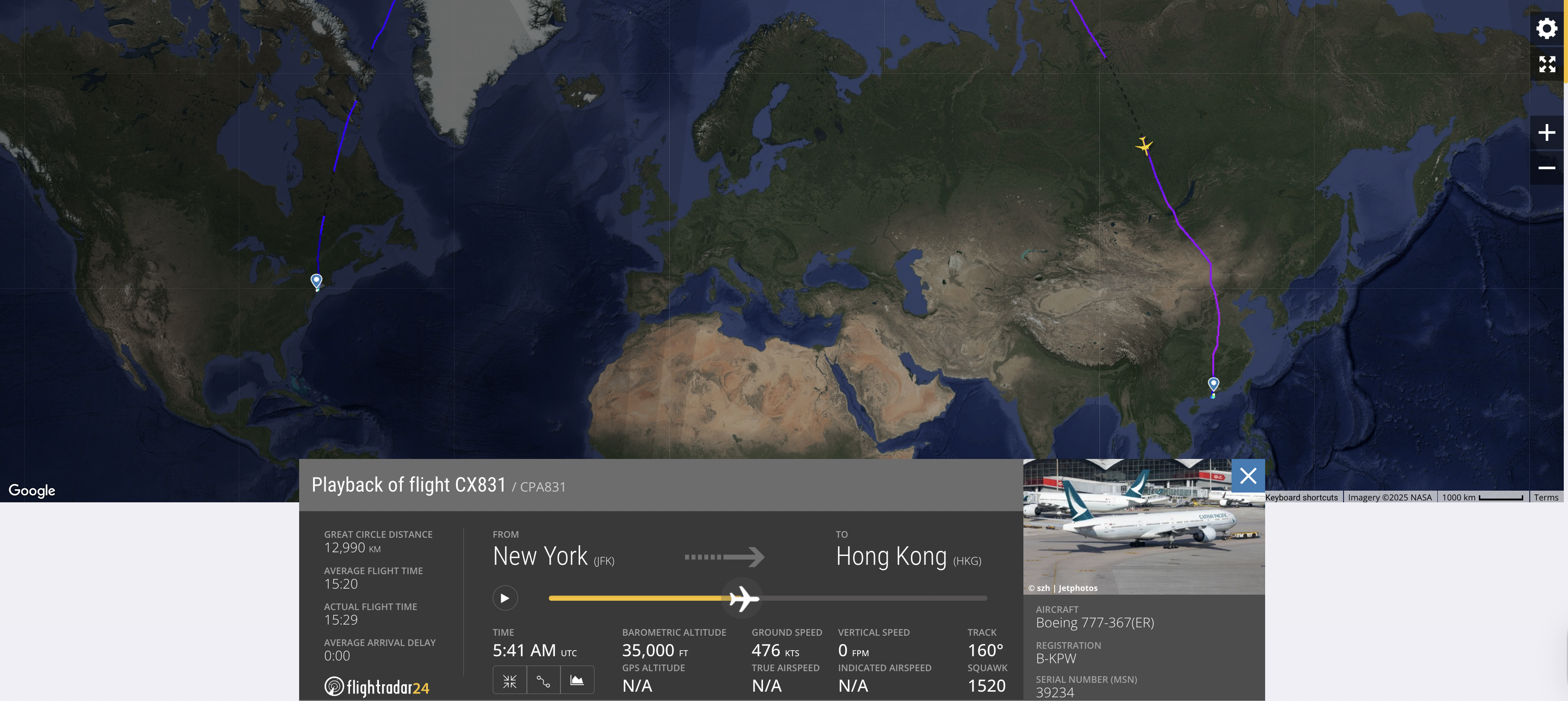
Take Cathay Pacific flight CX831, from New York to Hong Kong. This flight routinely flies over the North Pole and Siberia, mostly independent of winds and other weather, with an average of about 15.5 hours to Hong Kong, and 15 hours going the other way.
Cathay Pacific is the sole direct operator connecting New York City and Hong Kong, and breaking into the monopoly is even more difficult for US carriers, given the advantage over Russia.
With this in mind, United, which previously served Newark to Hong Kong, has requested the ban to be extended to Cathay Pacific and other Hong Kong-based carriers. The airline notes that the ban over Russian airspace has prevented it “…from resuming non-stop China service on previously served routes such as Newark/New York, Washington, D.C., and Chicago.”
Once the ban on Chinese carriers takes place, passengers may face a longer, more costly flight to avoid Russia on an existing service, and a direct service to Hong Kong on Cathay Pacific could appear as the next loophole, minus a short connection into China.
Given the limited capacity between the US and China since the pandemic, Cathay Pacific flights today already have this purpose to a certain degree, and will only push the airline to receive perhaps the biggest advantage over the Pacific following the new DOT rule.
But should the Trump Administration extend its prohibition to Hong Kong, this potential advantage for Cathay Pacific would disappear. Down the line, several other carriers, such as Air India, could also face pressure from the US to change their existing routes over Russia.
Featured image by Cathay Pacific.




